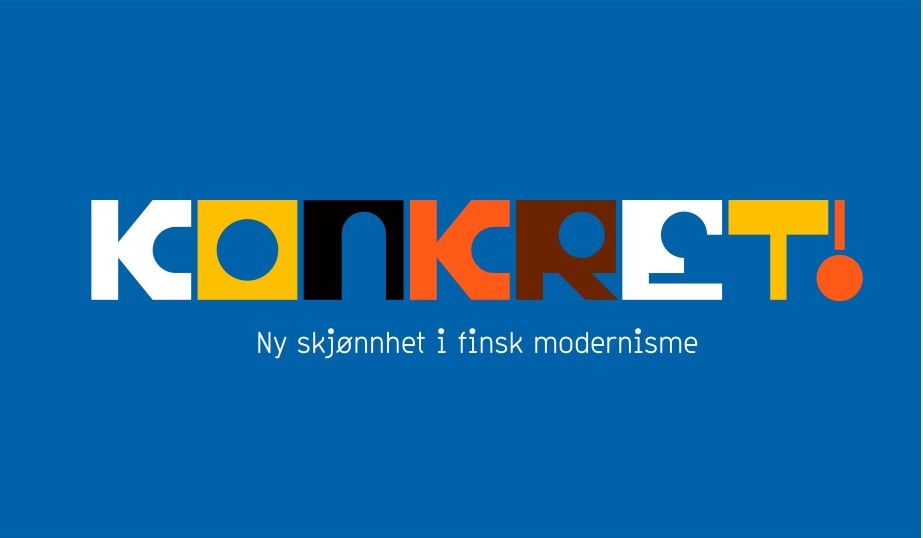The exhibition CONCRETE! sheds light on Finnish modernism and concrete art in the period 1930-1970, where the interplay between lines, geometric shapes and colors is in focus. The concrete artists sought away from a narrative and figurative language towards a new beauty based on simple geometric shapes and harmony. For the first time, the Finnish concrete expression is presented in Norway.
The Tangen Collection is the largest collection of Finnish art outside Finland’s borders. In this exhibition, Sørlandets Kunstmuseum introduces the first four pioneers of concrete expression in Finland to a Norwegian audience: Birger Carlstedt, Sam Vanni, Ernst Mether-Borgström and Lars-Gunnar Nordström.
SPECIFIC! is based on and inspired by the exhibition The New Beauty. Modernist Highlights from the Tangen Collection which was shown at Hamenlinna Museum in Finland in 2021. The curatorial team consists of Hanne Cecilie Gulstad and Frida Forsgren from Sørlandets Kunstmuseum and by Timo Valjakka, curator of the Finnish exhibition The New Beauty. Modernist highlights from the Nicolai Tangen collection.
The exhibition’s highlighted artists developed a concrete pictorial language with pure geometric shapes and colors, with no connection to natural shapes. In Finland, as in the rest of the Western world, after World War II there was a pronounced need to create a new design language, and in concrete art the Finnish modernists found a new beauty. For nothing was more concrete and beautiful than a line, circle and square.
Artists
Juhana Blomstedt / Birger Carlstedt / Gösta Diehl / Carolus Enckell / Outi Ikkala / Vladimir Kopteff / Matii Kujasalo / Wäinö Kunnas / Edvin Lydén / Ernst Mether-Borgström / Olli Miettinen / Lars-Gunnar Nordström / Paul Osipow / Tuulikki Pietilä / Pentti Tulla / Sam Vanni
Historical background
Finnish divisions – International impulses versus pure Finnish After being occupied by first Sweden, then Russia until 1917, it was liberation and reconstruction that characterized society in Finland in the interwar period. The visual arts were purely Finnish, and the art was characterized by evocative depictions of Finnish landscapes, folk life and interiors. The new and independent nation wanted to create an identity for itself, a national culture that would unite the people. The few artists who experimented with abstract expressions were ridiculed and given little leeway to develop further.
It was not until after World War II that a group of younger painters explored and further developed abstract art through impulses from French modernism. And it was also not until the 1950s that this design language became more clearly anchored in the professional environments at home in Finland. In the exhibition, you get to experience and see the development from the figurative, narrative imagery of the early 1930s to abstract and concrete art. We also show how the concrete art is further developed into minimalism and op-art.
Concrete art is an art form that is characterized by simple, abstract and geometric shapes. The direction was launched by an artist group led by Theo van Doesburg in Manifest sur l’art concret from 1930. Here they describe how concrete art is a universal form that is built up of concrete image elements such as line, color and surface. The concrete art avoids any connection to natural forms, and does not refer to an opinion outside itself. It is what it is.




